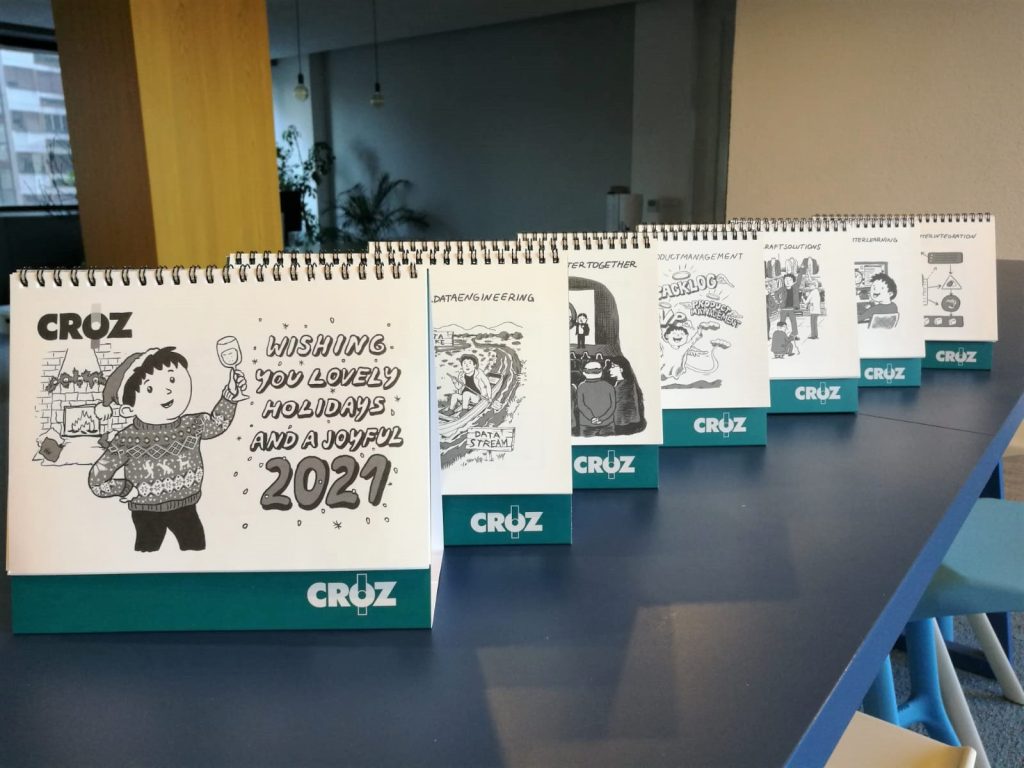Learning how to conduct better interviews is a first step towards better communication with customers, better product understanding, and, essentially, better product management.
Product managers know the importance of communication – we ask questions all the time (or at least we should be ). By asking questions and knowing what to ask, and more importantly how to ask, we can get to the bottom of the source of the problem, and even find solutions.
As PMs, we firstly identify and define our product, and then take care of it. In all of these steps we are asking a lot of people – a lot of questions. Essentially, what we are doing is organizing interviews with several personas, mainly being recognized as stakeholders.
So what is an interview, why is it important and how can it help you define the product? In broad sense, interview is merely a process of exchanging information. Through an interview, we conduct research to gain expertise on matters, get to know and understand our customers, and discover possible pains and gains which can bring competitive advantage for our product.
Since crucial players in bringing value for our product are our customers, the most important thing is to see the product from their point of view. And what better and efficient way is there than to talk to our customers?
Here is where a well-organized interview – as a first step towards better product management – comes into play. So, let’s see which steps to take in order to use the interview as an effective technique with our user personas.
To start with, we should identify crucial personas that affect our product. Personas are representations of our intended users. Interviewing different user personas will cover important process circle for our product development. To get a clear picture we need a perspective from different types of users involved in the process.
After we recognize who we will participate in the interview, we can prepare the questions with our team upfront. Yes, it’s true: being prepared is half of the job. If you don’t know your user personas, you need to get to know them and therefore write down what you need to know about them and learn from them. Write down the questions and discuss them with your team. This way you can brainstorm together and learn your questions by heart so that you can navigate through the interview like a pro.
The next step in the process is creating a general outline for the interviews. It is a simple, yet effective, tip which will help you get prepared and more confident during the interview. Write down the interview structure and define the flow of the interview.
Take notes. Bring a colleague so that you can split tasks: one person interviewing and the other taking notes. Notes will help you gather your thoughts afterwards and summarize what you’ve learned, so that you can come back to this later on.
Watch out for closed questions. Think about how you frame the question. We want our interviewee to keep talking, so that we can learn as much as we can about what is relevant for our research. Therefore, try to avoid yes or no questions.
Ask WHY. A miss I have learned on my own skin. Such a cliché, yet so important and so effective. It can lead to new findings which can be crucial for what we are doing with this technique. You think you fully understand why your users do something? Well, what if that’s not the case but simply an assumption? Ask why nevertheless. You cannot read minds, trust me. Even if most answers can be predictable, you will stumble upon those that will surprise you.
Don’t rush. Give people time to answer your question. We are used to the prejudice that silence is uncomfortable, but in an interview it is a golden ticket. People might feel under pressure that “the ball is in their corner” and therefore elaborate their answers and share more information. Seriously, silence is a technique by itself.
Plan more time for each interview. What I’ve learned is that you will take more time with some people and less with others. It will depend on the natural flow of the conversation. Some people are more talkative and will have more things to say, while others will not be talkative or will be in a rush to finish the interview. Planning the timeframe is good, don’t get me wrong. But have in mind that the interview is a conversation, and therefore should not be rushed.
Lastly, don’t forget to create a relaxed and friendly atmosphere for your interviewees. You are there to make them feel heard and understood, not to judge them or make them ashamed. Empathize and dig deep. Interviews will help understand customer’s needs and generate creative ideas. And you, as the product manager, are the one that has power to make a spectacular product.
ILLUSTRATION: Stipan Tadić
Related News

